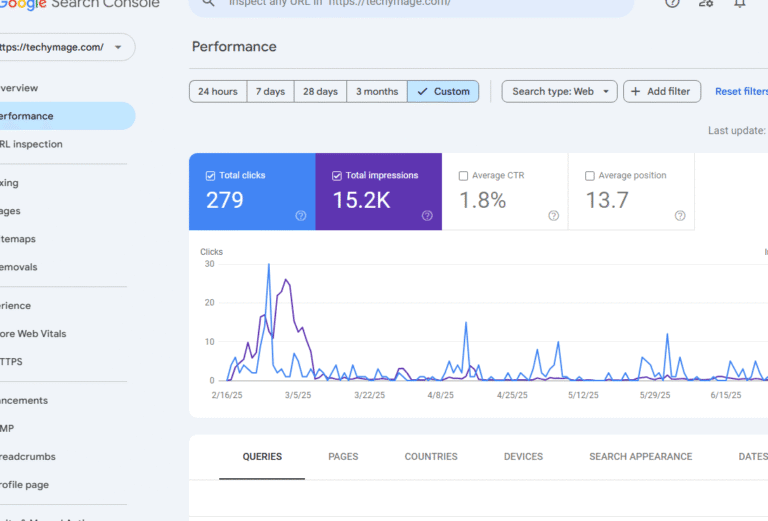Trends Shaping South Korea Construction Equipment Market
The South Korea construction equipment Market shows developing transformations in this highly advanced nation. The South Korea Construction Equipment Market develops to fulfill rising market requirements because the nation enhances investments in smart cities, green energy infrastructure and large-scale building projects. Market participants continue to accelerate innovation because they need to fulfill regulatory and sustainability requirements while integrating digital systems. An examination occurs in this piece of work about the key developments which drive this fast-moving marketplace.
1. Shift Toward Smart and Autonomous Equipment
Smart and autonomous machinery stands as the leading growth pattern in the South Korean construction equipment market sector. South Korean companies take the lead regarding automation technology adoption through their foundation in robotics and Artificial Intelligence thereby integrating automation into construction equipment. Construction sites now commonly use autonomous machines that include smart excavators and bulldozers and cranes which use GPS devices and IoT sensors and machine learning technology.
The transition advances operations while decreasing errors and adding protection measures. Construction organizations embrace autonomous equipment because it helps them handle workforce deficits as well as minimize future expenses.
2. Focus on Sustainability and Eco-Friendly Machines
Environmental policies combined with sustainability requirements has become a dominant influence on the South Korea construction sector. Emissions-based regulations from the government prompted machine manufacturers to build environmentally friendly equipment.
The market for hybrid and electric equipment used in construction becomes more popular. The manufacturers Hyundai Construction Equipment and Doosan Infracore use substantial investments to develop green technologies that produce electric mini-excavators along with low-emission loaders. The South Korean government supports this trend simultaneously with their plans to decrease carbon emissions and adopt environmentally friendly economic policies.
3. Growth in Infrastructure and Urban Development Projects
The South Korean authorities remain deeply dedicated to funding national infrastructure developments. The South Korea Construction Equipment Market receives its growth from three key initiatives which include expanding urban transit systems and high-speed rail networks and developing smart cities.
The demand for small but highly efficient construction equipment is increasing because South Korea is implementing active programs for urban development and housing construction. Evaluations anticipate stable market development for the subsequent years starting from 2025.
4. Digitalization and Integration of Telematics
Standardization of digital monitoring tools such as telematics systems appears in contemporary construction equipment technology. Modern companies can track their equipment usage as well as maintenance requirements and performance metrics and fuel usage because of these monitoring systems.
South Korean construction firms operating in technologically progressive markets have applied telematics at a fast rate to achieve better fleet operations and enhanced organizational decisions. Comprehensive data management through this approach enables businesses to meet safety requirements while decreasing equipment breakdowns which makes it a vital growth pattern for successful companies.
5. Increasing Export Opportunities and Global Expansion
South Korean construction equipment producers continue expanding their business operations past their local market. Strong engineering capacities and known quality standards allow Hyundai and Doosan to penetrate Asian and European and American international markets through effective market expansion.
The worldwide market penetration leads to additional development of research and development initiatives. South Korean manufacturers emerged as international industry leaders because the worldwide demand grows for dependable and economically priced sustainable equipment.
6. Rental Market on the Rise
The South Korea Construction Equipment Market experiences an increasing trend in equipment rental popularity. Construction enterprises which operate in small and medium segment show preference for equipment rental because it enables them to avoid extensive capital outlays and ownership obligations.
The industry trend has brought about a rental business explosion because specialized companies now provide contemporary equipment in excellent condition. Rising customer needs for adaptive economical solutions have motivated rental providers to both enlarge their equipment supply and adopt modern technological advancements.
7. Skilled Labor Shortages Driving Technological Adoption
Constructive development in South Korea experiences workforce shortages of skilled personnel who mainly belong to younger demographic groups. The labor shortage has prompted businesses to push forward the usage of semi-automated and fully automated equipment to compensate for missing workers.
South Korean businesses implement both workforce training programs alongside simulators to provide advanced education for employees while drawing youthful professionals to join the industry. The enhanced productivity along with increased technological appeal in the construction field attracts more tech-related workers to join this sector.
Conclusion
Industry transformation within the Construction Equipment Market in South Korea occurs through technological innovation combined with environmental responsibility and government-driven infrastructure expansion programs. The market adjusts its offerings through autonomous machinery and telematics as well as eco-friendly equipment and booming rental services to face modern challenges with innovative methods.
New business leaders should focus on anticipating future trends if they want to achieve sustainable market success. The construction equipment sector in South Korea shows promising developments through both technological advancements in smart equipment and worldwide market expansions which generate a strong sustainable connected future.




